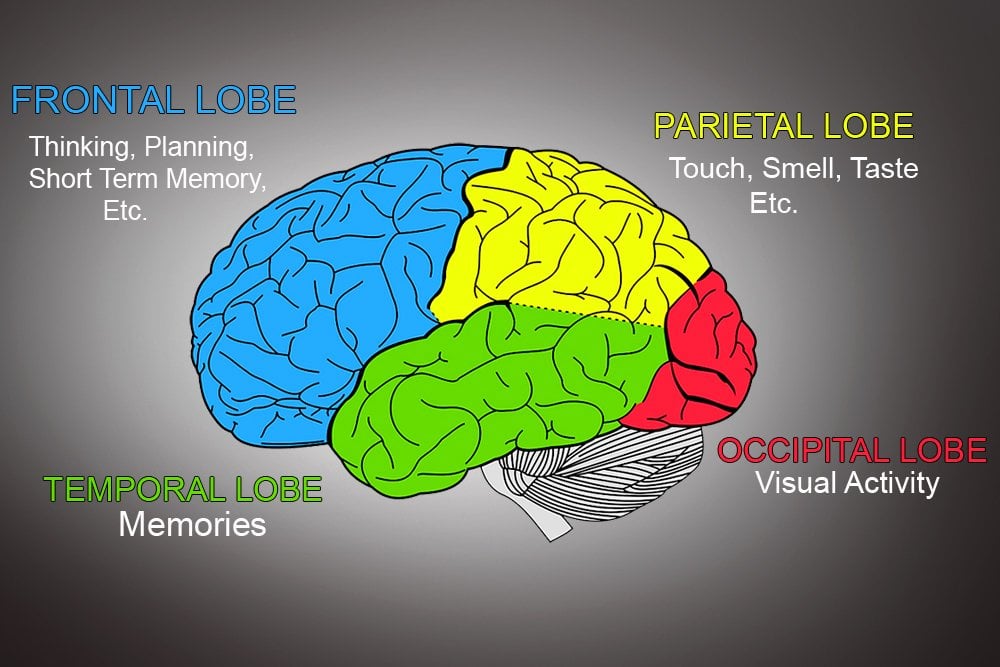

Results: The results reveal that PNN50 ( p = 0.0004**), TP ( p = 0.0003**), VLF ( p = 0.0428**), and LF/HF ( p = 0.0001**) in the music group were significantly improved compared with the other two groups. Autonomic nervous system (ANS) measurements, Glasgow Coma Scale (GCS), and functional magnetic resonance-diffusion tensor imaging (fMRI-DTI) were used to measure the peripheral nervous system indicators and brain networks, and to evaluate patients’ behavior levels. All three groups received 30 min of therapy five times a week for a total of 4 weeks (20 times per group, 60 times in total). Methods: All patients were randomly assigned to three groups: an intervention group (music therapy group, n = 5), a control group (familial auditory stimulation group, n = 5), and a standard care group (no sound stimulation group, n = 5). In this study, 20 patients diagnosed with minimally consciousness state (MCS) were selected, and a total of 15 patients completed the experiment. However, due to the absence of continuous quantitative measurements and the lack of a non-musical sound control group in most studies, the identification of the specific impact of music on DOC patients remains challenging. Introduction: Music therapy has been employed as an alternative treatment modality for the arousal therapy of patients with disorders of consciousness (DOC) in clinical settings. 5Music Therapy Center, China Rehabilitation Research Center, Beijing, China.4Department of Music Artificial Intelligence and Music Information Technology, Central Conservatory of Music, Beijing, China.3Department of Neurorehabilitation, China Rehabilitation Research Center, Beijing, China.2School of Rehabilitation Medicine, Capital Medical University, Beijing, China.1School of Music and Dance, Hunan First Normal University, Changsha, Hunan, China.


 0 kommentar(er)
0 kommentar(er)
